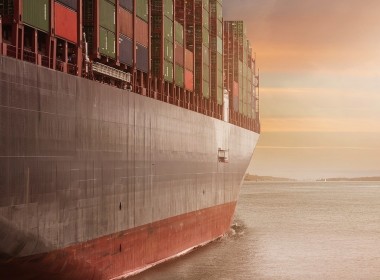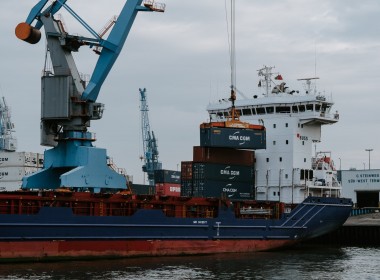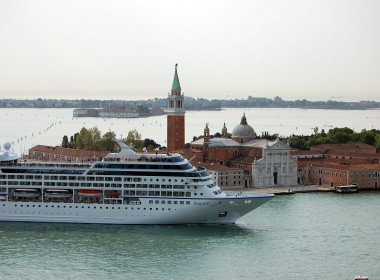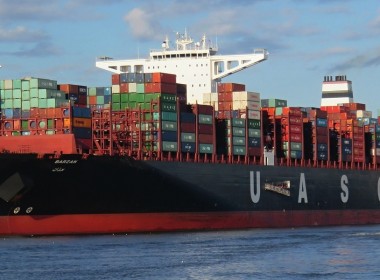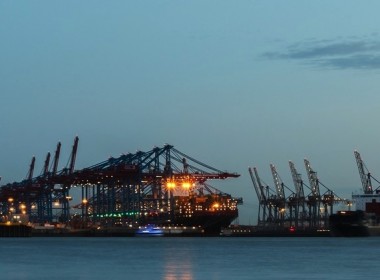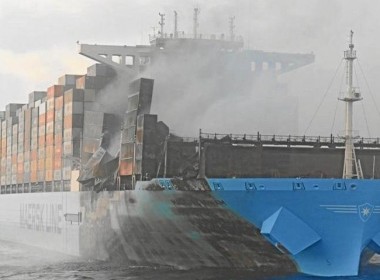COLUMN | What’s in the box? [Grey Power]
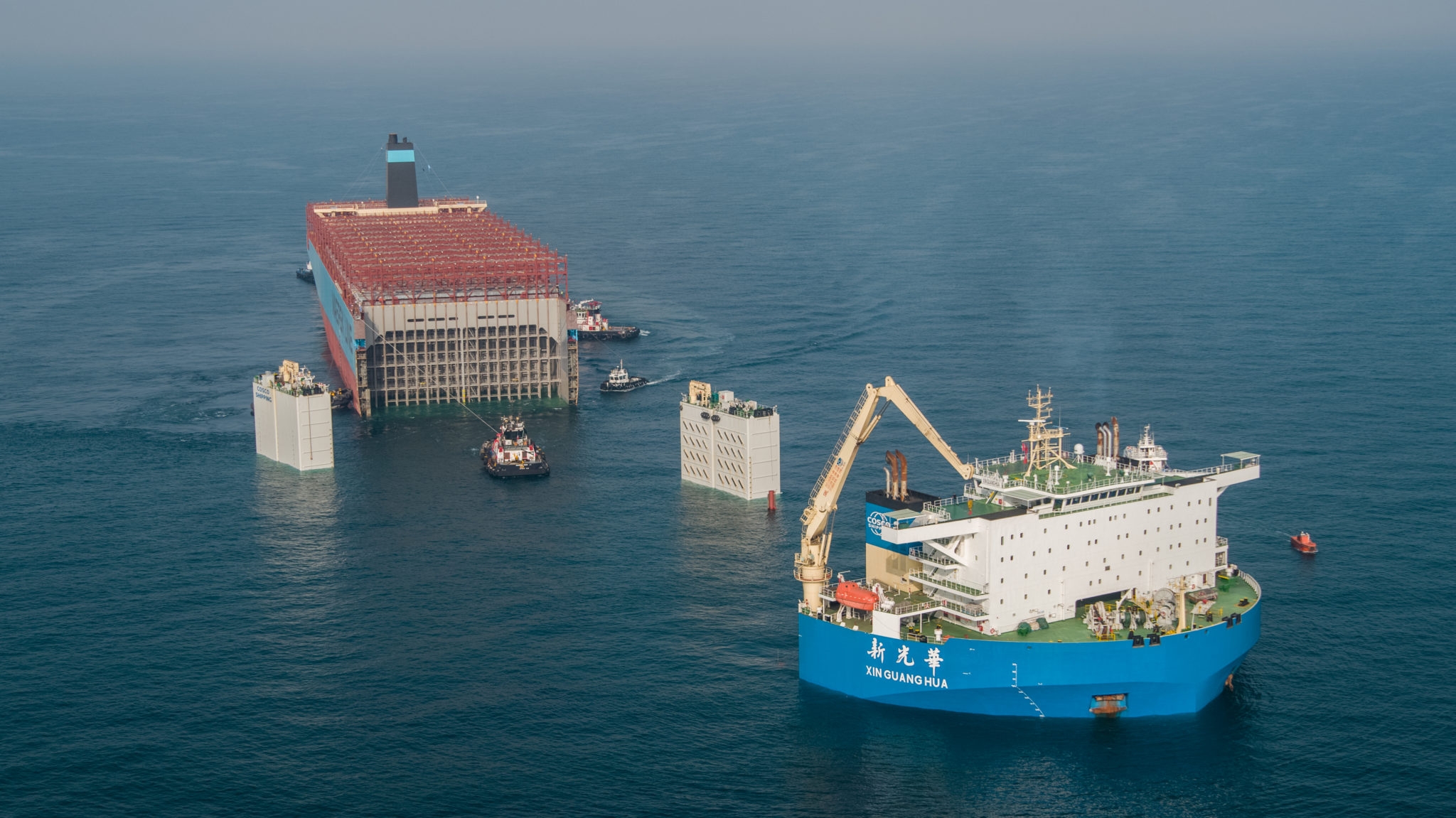
Well, there’s a turn up for the books. Sixty years after the first containers were taken to sea, a major shipping company has announced that it is to check up on what is in at least some of them. Maersk has announced that it is to undertake random checks on the contents of containers leaving and entering US ports, in an effort to encourage rather more precision and accuracy in the descriptions of their contents, and to check that the boxes have been stowed properly.
The announcement came as salvors were battling to extinguish the fire in the foredeck stow of a Hapag Lloyd container ship in the Atlantic en route to Canada. At the same time, pictures were released showing the Maersk Honam, with her whole fire damaged fore part cut away, being made ready to be transported to the Far East for a massive repair. It will be recalled that five crew members died in this conflagration which happened last year, far from assistance in the Indian Ocean.
A serious container fire, it has been asserted, is occurring about once every month, while there seems to be no evidence of any marked improvement, despite the requirement for accurate cargo declarations to identify dangerous goods. And while there is yet no information about how some 280 boxes ended up in the Heligoland Bight, with their contents washing up on the pristine beaches of the Frisian Islands, it scarcely suggests that the utmost professionalism was being demonstrated by their stowage.
The irony is that when containerisation first made its impact on the world’s liner trades, the problem of verifying the contents of what lay behind a pair of container doors and the proper stowage of the cargo within them, was well recognised. It was obvious that the deck officers of the ship would have no input in the treatment of the cargo, as they traditionally had in break bulk days and that some of their skills needed to be transplanted to those who would be stuffing the containers, often miles from the sea.
More than one company in the various container consortia tried to address this problem by redeploying some of their surplus deck officers as cargo advisers, to travel around the country and effectively teach the lessons of cargo care they had been taught, to those whose job it was to load these new-fangled boxes. They taught them about the importance of precision in the description of the cargo, the use of the dangerous cargo “Blue Book” with all its advice, the significance of weights and such matters as ventilation and safe and proper stowage.
That phase sadly did not last for very long and assuming that all the relevant lessons had been learned, these advisers went their ways. And soon, the bad habits that invariably seek out gaps in the regulations and flourish where there is lax supervision, found their way back into the container trades.
The uninitiated might assume that this is all obvious and that it was naïve to expect that best practice might inherit the earth, or at least the liner trades. But as with all knowledge, it requires refreshment from time to time.
Over the years, the cavalier behaviour that surrounds so much of what goes into containers has been illustrated, sometimes tragically, as undocumented dangerous goods have ignited or exploded, causing death, injury and the loss or damage to ships. Ludicrous understating of weights have come to light, often even before a box has reached the port on its road journey, when overladen trailers have been pulled over by police, or worse, or overturned on roundabouts and crushed other vehicles. Once in a port, they have damaged lifting equipment; while aboard ship, they have collapsed stacks of boxes and caused no end of delay and damage. Poorly stowed boxes have seen their contents come loose and crush other cargo, even causing deaths or injuries when the doors were opened.
There has been no lack of awareness of this lax behaviour. Occasionally, random sampling of containers for checking have discovered a worrying proportion of errors, mis-declarations and downright lies in both weights and contents stated. And after every serious case which has led to deaths and injuries, or the destruction of ships and cargo, there have been calls for “urgent reform”. Sadly it has often seemed that the carriers were loath to antagonise their customers and have rarely acted robustly to deter their bad behaviour. Only recently have the international regulations required container weights to be properly verified. Only recently have lines started to co-operate by sharing information about their container problems. But still the daft legal interpretations of competition law prevent the identity of regular transgressors being shared. There have been accusations that the carriers have been playing a percentage game with the safety of their ships and crews.
Might the Maersk system of random checks, being carried out on their behalf by the US National Cargo Bureau make a difference? Could other major lines follow this practice? And more to the point, if , as has been demonstrated time and time again, it is boxes shipped out of Asian ports which provide the lion’s share of the incidents, would it not be more useful if the random checks were carried out in or around the ports of departure? That surely, would indicate that this scourge of problem containers was at last being tackled globally and in a mature and practical fashion.


